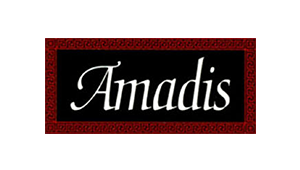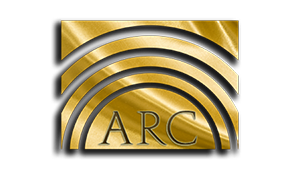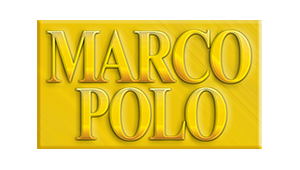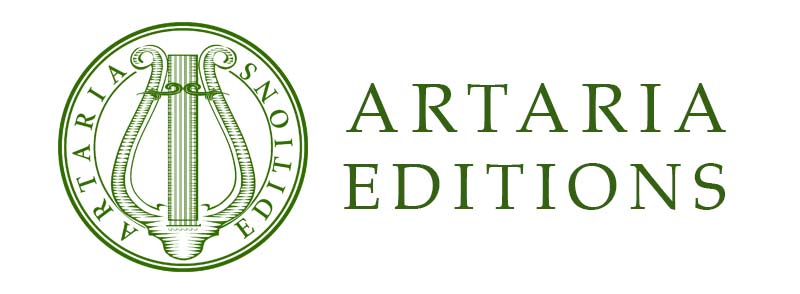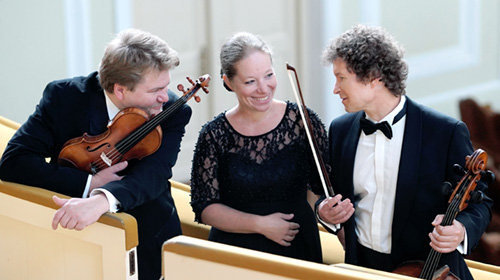The first part of our History of the Russian Piano Trio edition featured both well-known scores, rare editions and manuscripts of seldom heard works, all performed by The Brahms Trio. Gramophone hailed the series as ‘a set to treasure’. The trio now returns with the second part of the edition, which is devoted to the Silver Age and Russian Art Nouveau.
History of the Russian Piano Trio, Vol. 6
Sergey RACHMANINOV (1873–1943)
Trios élégiaques
The Brahms Trio –Nikolai Sachenko, Violin
Kirill Rodin, Cello
Natalia Rubinstein, Piano
Sergey Rachmaninov’s two Elegiac Trios became the pinnacle of Russian musical symbolism, forming an epigraph to the revolutionary upheavals that split Russian civilisation and Rachmaninov’s life in two. The moods of nostalgia and echoes of soulful longing found in these works are infused with ideas of death. The beautiful theme of the Trio élégiaque No. 1 in G minor transforms into a funeral march in the epilogue, while the complex Trio élégiaque No. 2 in D minor is a memorial to Tchaikovsky filled with powerfully prophetic symbols most notably the Dies irae motif.
I. Moderato
The Brahms Trio, one of Russia’s leading chamber ensembles, has regularly appeared at prestigious international concert venues and festivals since its foundation in 1990. The trio’s members, all professors at the Tchaikovsky Moscow State Conservatory, have made an invaluable contribution to the expansion of chamber repertoire by rediscovering unknown Russian piano trios from the late 19th and early 20th centuries. In 2022, the ensemble was nominated for an Opus Klassik Award in the categories of Best Chamber Music Recording, Ensemble of the Year and Outstanding Contribution to the Expansion of the Repertoire.
From left to right: Nikolai Sachenko, Natalia Rubinstein and Kirill Rodin
– Klassik heute
– Klassik heute
– Crescendo
– Gramophone
– Gramophone


